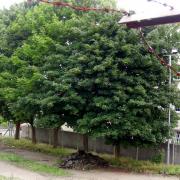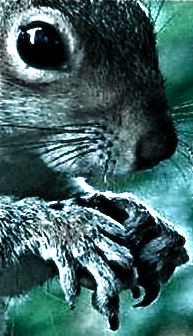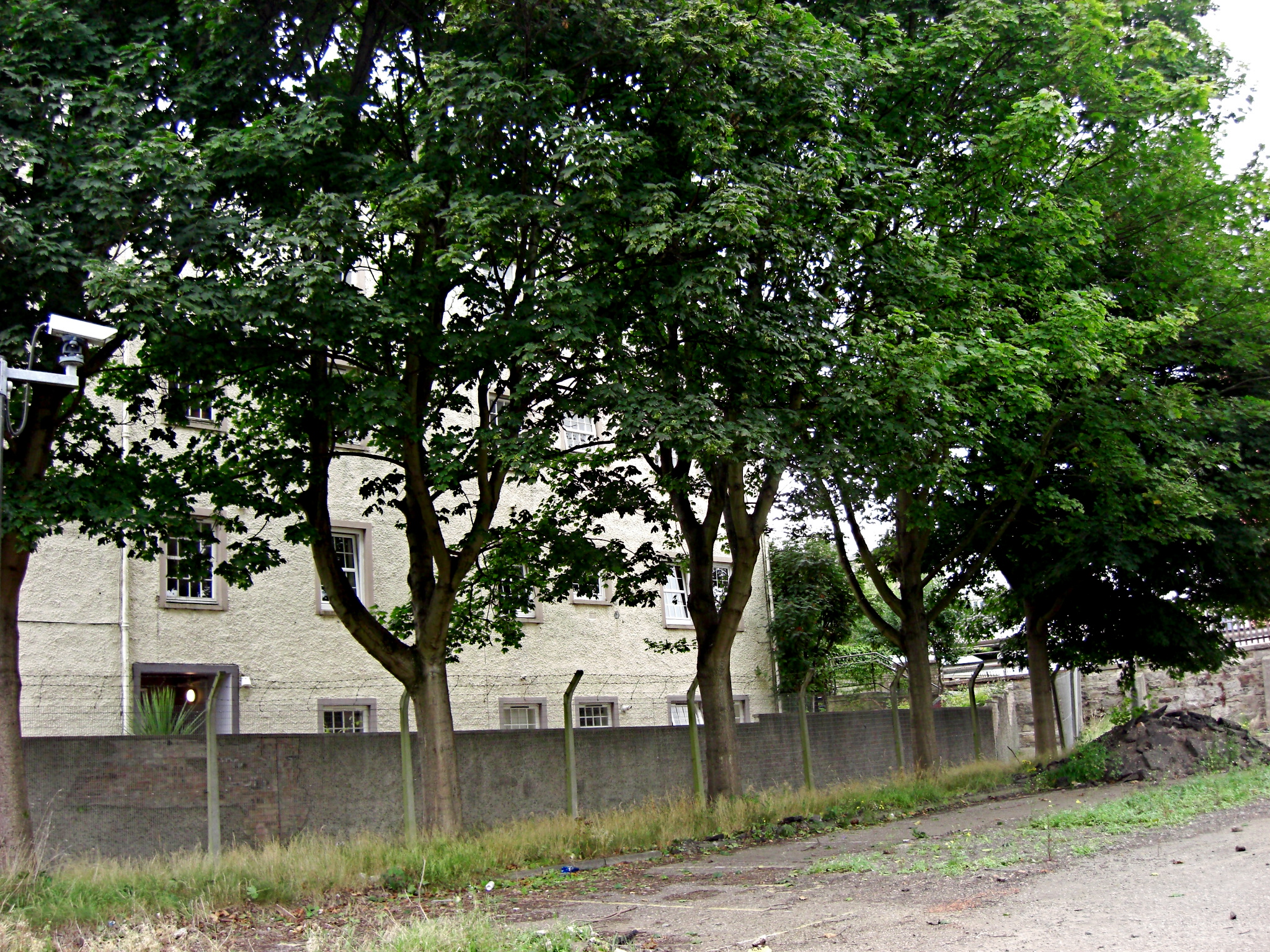
Broughton residents have secured tree preservation orders (TPOs) for five mature Norwegian Maples on Bellevue Road.
The trees line the boundary between a yet-to-be-built residential development (Ref. 12/04302/FUL; Breaking news, 11.12.12) and flats at Nos 115–17 to the south west.
Ward 12’s Councillor Deidre Brock had earlier backed the locals’ request, which has now been approved by the Council’s acting Head of Planning and Building Standards.
‘While the developers had not indicated they were to be removed,’ Brock told Spurtle, ‘residents felt they provided an excellent natural screen between the two properties, and that their loss would have been very noticeable in an area that boasts little substantial greenery.’
In Spurtle's view, not least given what happened on Logie Green Road in June 2007 (Issue 149), mature trees need all the protection they can get. Even well-disposed nature-loving property developers often end up being rather accident-prone.
Welcoming the result, Councillor Brock concluded, ‘These are really lovely trees, so I’m very pleased about this one.’

Here’s why I hate Norway Maples:
- This is one dirty tree, dropping trash at all seasons, including flower buds, two crops of seeds, twigs, branches, and copious amounts of leaves.
- It sheds large branches from the top, then resprouts along the trunk. Every time the wind blows large branches fall from the top of the tree, making me very nervous about my roof.
- It makes a LOT of seedlings. I spend way too much time every spring and summer in an attempt to hand pull all of them.
- Nothing grows underneath them. My flower beds along this neighbors fenceline are empty. Every year I try to fill in these beds, and every year I watch in sadness as everything dies.
- It is the last tree to lose its leaves in the fall, often not until after Thanksgiving, which means that having my gutters cleaned is a game of Russian roulette. Will the leaves fall before it snows? It’s been a hit and miss proposition.
- I fear for my two dogs' safety when they are in the yard. One of those falling branches would hurt them badly.
Norway Maples have severe environmental impacts:
- They grow faster than native maples and other forest trees and its dense, shallow root system makes it difficult for native seedlings to get established.
- They create a dense shade, under which other species cannot survive, hence my naked garden beds.
- The seedlings are very shade-tolerant, able to spread and grow in interior forests. These seedlings are usually the only plant that can survive in the shade of mature Norway Maples.
- Forests with Norway Maples show much lower species diversity than forests that have not yet been invaded.
- Its shallow roots make it prone to blowdowns.
- It is tolerant of poor soils and air pollution, making it the dominant tree in many urban settings.

Image of grey squirrel above, Wikipedia
Do you have views on this or any other of Spurtle's Breaking news? Do you have a local story you think we should be covering? Please let us know! You can contact us by email spurtle@hotmail.co.uk on Facebook Broughton Spurtle or Twitter @theSpurtle